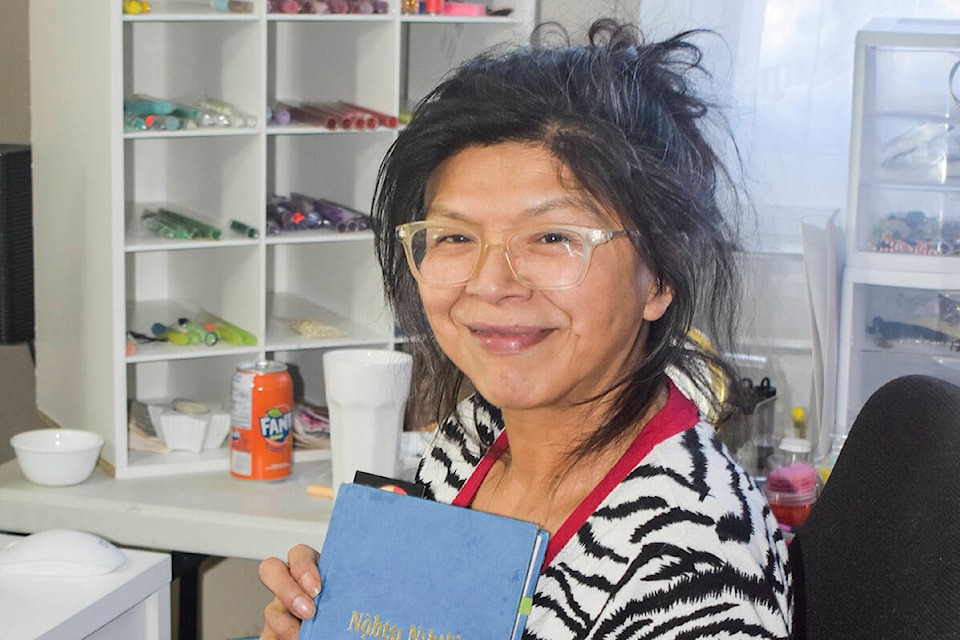Georgina Franki, one of the few Tłı̨chǫ language teachers in the Northwest Territories, says the renaming of Yellowknife landmarks to reflect Indigenous history requires context and considerable feedback.
The YK1 School Board recently chose the name “Įtł’ǫ̀” — the Wiilideh word for cranberry — for the school that will replace J.H. Sissons.
“You can’t just put ‘cranberry’ on a school just because it sounds good,” Franki says. “You’ve got to have a history, a meaning behind it, you know? Because there’s so many beautiful people that were part of the history of Yellowknife. Why does it have to be cranberries?”
The school board explained its choice of name by explaining that the site used to be an important foraging ground for the Dene.
In June 2021, the City of Yellowknife released a draft of its Reconciliation Action Plan. Included in the document was a promise to rename landmarks, parks and streets in the city that have Western names, such as Range Lake and Frame Lake, with Indigenous names. In the plan, the municipality promised to change the names in consultation with the Yellowknives Dene First Nation and the North Slave Métis Alliance.
“I like to look at it as a beginning,” says Franki. “If we see with our eyes that there’s changes happening, we might look at it as truth and reconciliation.”
She grew up speaking the Tłı̨chǫ language as she and her family pursued a nomadic lifestyle in the 1960s.
She learned to read and write in Tłı̨chǫ at age 50 while recovering from an accident by reading from a Tłı̨chǫ Bible and a dictionary.
Now, she teaches the language to students at Collège Nordique, along with the culture and traditions of the Tłı̨chǫ people.
Franki says she hopes community members can be involved in the decisions to rename Yellowknife landmarks.
“I think they should have a language committee, a society where they can come together,” she says. “They’re on the Tłı̨chǫ land, or the Wiilideh land, so they should have some sort of committee to decide.”
Because of her intimate relationship with her mother tongue, Franki has strong feelings about the changes that are coming to place names in Yellowknife.
Mary Sundberg, a Dene translator and interpreter, says she approves of the renaming project, but with some reservations.
“They need to consult with the Elders in the community. The Elders, they tell us the history of our people,” she says. “We did have Dene names for almost every place, even in Yellowknife.”
Sundberg says it’s also important that the names be spelled properly. She points to her own community of Dettah as an example, which was incorrectly spelled as “Detah” on an official document in 1971 and kept that incorrect spelling for five decades.
